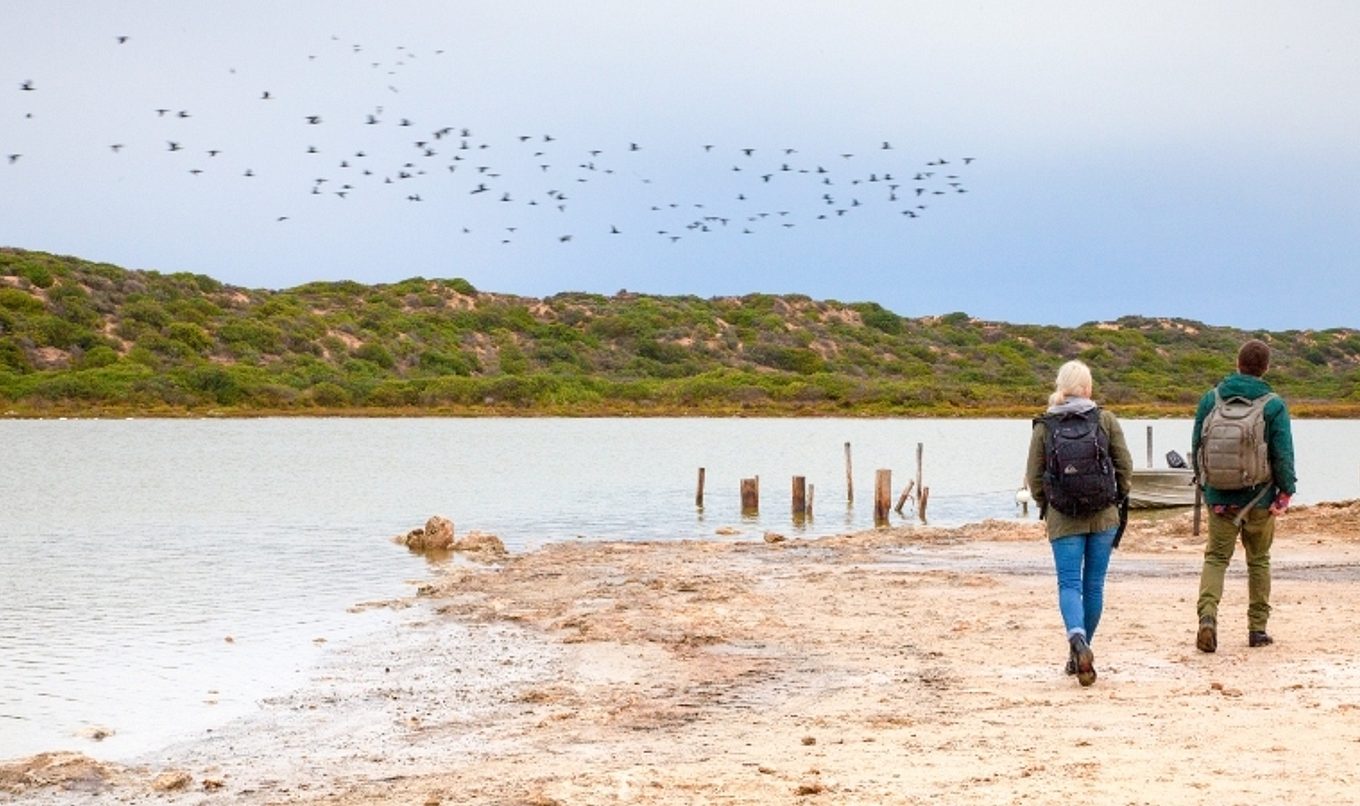Coorong and Lower Lakes celebrate 35 years as a Ramsar-listed wetland
The Coorong and Lakes Alexandrina and Albert celebrate 35 years as a Ramsar-listed wetland this month recognising the area’s international ecological importance.

Manager Healthy Coorong, Healthy Basin Angus MacGregor explained the Ramsar Convention is an international treaty that aims to halt and where possible, reverse the loss of wetlands around the world. It also seeks to conserve the remaining wetlands through wise use and education about their value and importance.
“South Australia’s Coorong and Lower Lakes are internationally recognised for supporting rare and endangered plants and animals, as well as significant populations of waterbird and fish species” Angus said.
“The site is the Traditional lands of the Ngarrindjeri and is part of the living body of the Ngarrindjeri Nation – it is of enormous cultural significance.
“The region also supports local communities and industries that include agriculture, viticulture, fishing, manufacturing and tourism.
“The Coorong’s natural beauty, abundant wildlife and unspoilt coastline make it one of South Australia’s most visited tourist destinations.”
Ramsar listing raises the international profile of the site, increases collaboration across all levels of government that seeks to improve long-term management of the wetland as well as increasing legislative protection through the Commonwealth Environment Protection and Biodiversity Conservation Act 1999 (EPBC Act).
The EPBC Act prevents actions that will adversely affect the ecological character of the wetland.
“Through Project Coorong, the South Australian Government is working with the community, Traditional Owners, scientists, the Australian Government and basin states to protect, monitor and manage the Coorong and Lakes Alexandrina and Albert Ramsar site,” Angus said.
“Just last month the Coorong and Lower Lakes community came together to commemorate 10 years of continuous connectivity between the River Murray and Coorong following the Millennium Drought.
“The delivery of water from the River Murray to the Coorong and Lower Lakes is critical in supporting ecological outcomes and the two waterways were disconnected for more than three years during the worst of the drought.
“Thanks to the delivery of water for the environment under the Murray-Darling Basin Plan and because of local river recovery programs we are beginning to see some signs of recovery.
“The ecological recovery is highlighted by recent improvements in aquatic vegetation in the Lower Lakes as well as increased abundance of many native fish species such as congolli, lamprey and black bream, who are dependent on the environmental flows.”
“While we have had some periods of good flows, much of the site, particularly the Coorong, is still in a period of recovery and there is still lots of work to be done.

